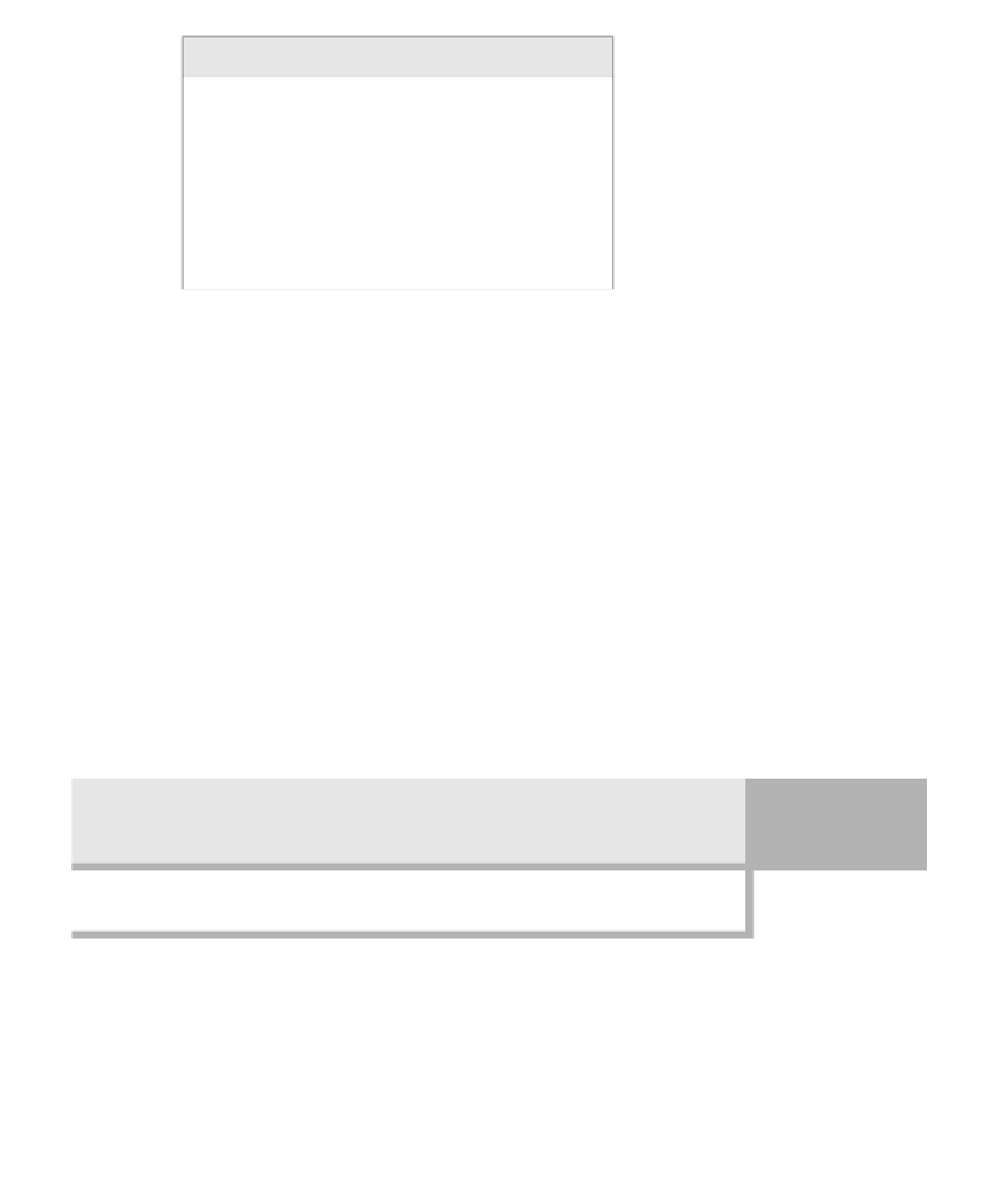Java Reference
In-Depth Information
figure 24.22
Possible partitioning
of ranks into groups
Group
Rank
0
0
1
1
2
2,3,4
3
5 through 9
4
10 through 16
(
i
- 1)
2
through
i
2
i
compression. Thus we must use some fact about path compression in our
analysis. The key observation is that, as a result of path compression, a node
obtains a new parent and the new parent is guaranteed to have a higher rank
than the old parent.
To incorporate this fact into the proof, we use the following fancy
accounting: For each node
v
on the path from the accessed node
i
to the root,
we deposit one penny in one of two accounts.
Rules for U.S. and
Canadian deposits.
1.
If
v
is the root or if the parent of
v
is the root or if the parent of
v
is in
a different rank group from
v,
then charge 1 unit under this rule and
deposit a U.S. penny in the kitty.
2.
Otherwise, deposit a Canadian penny in the node.
Theorem 24.4 states that the accounting is accurate.
For any
find
operation, the total number of pennies deposited, either in the kitty or in
a node, is exactly equal to the number of nodes accessed during the
find
.
Theorem 24.4
Proof
Obvious.
Thus we need only sum all the U.S. pennies deposited under rule 1 and all
the Canadian pennies deposited under rule 2. Before we go on with the proof,
let us sketch the ideas. Canadian pennies are deposited in a node when it is
compressed and its parent is in the same rank group as the node. Because the



Search WWH ::

Custom Search